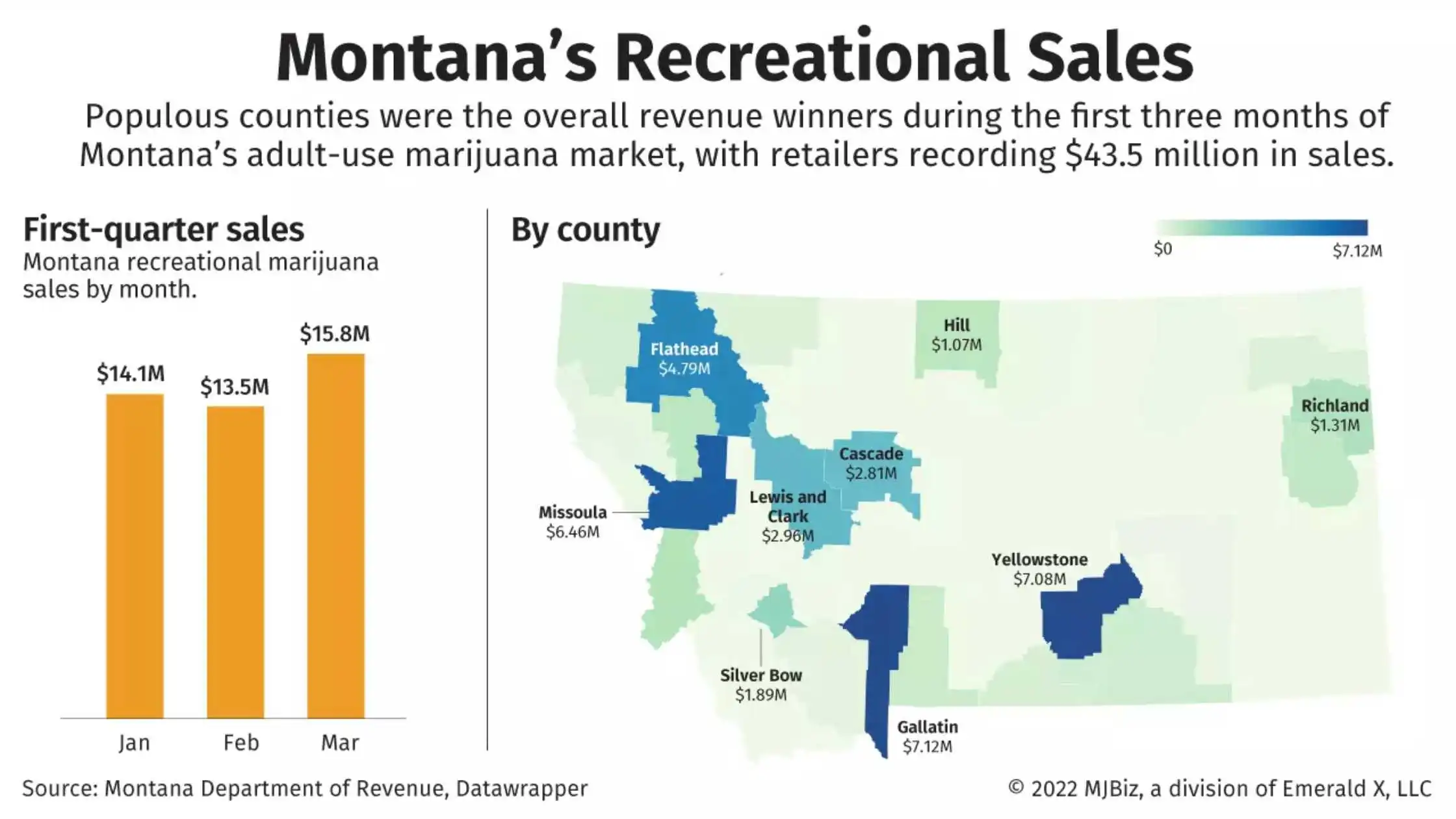Financial advisors will always remind an investor that any investment comes with risk.
It can be complicated because it involves more than just following market metrics about past earnings and current standings throughout a company’s history.
World events affect many investments across the board. For instance, today’s investment risks include issues with oil supplies and gas prices, the war in Ukraine, and what the current administration is doing to combat inflation, just to name a few.
But there’s a whole new level of risk when it comes to the psychedelics industry. Most psychedelic companies are relatively young. They have no record of success per se to bank on. They are often profoundlydeeply in debt to finance their research and development, including standing up labs and personnel to manage the labs and going through time-consuming and expensive clinical trials that may or may not result in an approved drug. In short, owning and managing a psychedelics business is a severe toss of the dice.
A carefully planned and managed investment in psychedelics could pay off big, and investors appear to smell an earnings windfall in the offing with psychedelics.
According to a business consultant company, around $60 million was invested in psychedelic-focused companies in 2018 and 2019. In 2020, the level of investment was almost ten times that amount as the number of psychedelic-focused businesses and new clinical trials rapidly increased.
A psychedelics investment company reported that funding to psychedelic medicine companies surpassed $730 million across 61 total deals in 2021, up from 42 in 2020.
At least 18 venture capital firms, including the Conscious Fund, Negev Capital, Convergence Partners, and Iter Investments, are committed to spending more than $1.8 billion on psychedelics development, according to a KPMG report published in June.
So, with those facts and figures in mind, what is a “smart” investment in psychedelics today? Here are five ways to go about doing it.
- Do your due (deep dive) diligence. This is a no-brainer for any investor. Of course, you want to know what you are investing in. But with psychedelics, you’ll need to get personal in your due diligence with the business. Who are the other investors or founders of the company? What are their credentials for working in a one-of-a-kind nascent industry? Do they have ready access to cash, and can they support the business when unplanned events like changes in ownership or problems with patents crop up? Who are the members of their medical team? Are they qualified to work in this new field of study? These are young companies, so they track their financial activity closely and understand where they are positioned in the industry. They might just be building a small company with one product they hope to sell to a larger pharmaceutical company or a giant psychedelic company with its own organizational or functional quirks you’ll need to investigate.
- Don’t buy into the hype. Psychedelics can be a billion-dollar market soon—maybe $6.8 billion by 2027. Thousands of people have already been successfully treated. Research has offered reliable stats on efficacy and safety. Some of this is a long-term rumor, and some are hard, cold facts. There is so much information every day about how great psychedelics are as medicine to treat a growing list of mental health (and physical health) issues. The intrigue of what psychedelics can do is factual—researchers have discovered that various psychedelics can treat PTSD, treatment-resistant depression, chronic pain, maybe even autism, and color blindness. They have the potential to become the wonder drugs of our time, but they are still essentially locked into labs and are going through the lab processes for now. And it’s easy to see how, if you are a venture capitalist who just dumped millions into a business, amping up the hype of psychedelics might be one way to try and manage the significant risk you took on.
- Understand how psychedelics work. Investing in a company that adjusts and manages brain chemicals and the central nervous system is one thing. Another is hoping for easy market acceptance once they make it out of the labs. For example, right now, the best measure of how legal psilocybin is playing out as a marketable product are treatment centers that are expensive retreats in exotic locales running $4,000 and up per person. The process of setting up the adult use of psychedelics in Oregon is working through obstacles about what, exactly, a psychedelic treatment should be, who’s eligible for it, and how it should be managed. Plus.. there are just some people who should not be taking psychedelics because of other mental health issues that the psychedelic experience could worsen. They need to be identified early on. Psychedelics are potent drugs, still in the early stages of development. Something terrible could happen if just one researcher or one doctor misidentifies the benefits of a psychedelic, accidentally gives too big of a dose, or doesn’t accurately assess a patient’s ability to handle the treatment.
- Check your risk tolerance. Risk tolerance is the amount of risk that you are prepared to bear. According to Forbes, it is distinctive for every investor and is influenced by many factors, one of which is age. Younger people usually have a higher risk tolerance than someone in middle or near retirement age. They can invest in riskier, high-return ventures, knowing they have the time to offset potential risks. Personal liabilities, such as many dependents, personal expenses, or debts, can lower your risk tolerance. In the psychedelics industry, managing risk means keeping a close eye on quarterly earnings reports, press announcements about successful clinical trials, and any changes in upper management—all signals of a company’s financial health and commitment to its mission.
- Consider a path of systematic investment – but proceed with caution. Usually, financial advisors tell savvy investors that investing just once a year or sporadically is not enough. They say that, for your money to grow well, you need to invest a stipulated amount each month or quarter, according to advice from “Forbes” magazine, perhaps using auto-payment options where a fixed amount of money is deducted each month. In the psychedelics stock world, this advice should be balanced (and possibly revisited frequently). The bad news of a clinical trial or the sudden departure of a critical manager—especially the CFO or the chief medical officer—could signal the beginning of the end of a psychedelic company. Its stock will nosedive fast. This is, after all, a biotech company at the root of it. There are multiple—high-profile — psychedelics stocks down 60 percent, 70 percent, and even 80 percent year to date. For example, looking at any publicly traded psychedelic company with a greater than $50 million market cap as of June 1, 2022, there is an average loss of ~40 percent. Yikes. Still want to toss your hat into the ring?
Disclaimer: https://www.greenmarketreport.com/5-steps-to-making-a-smart-investment-in-psychedelics/
Posted by: Times Of Hemp, TOH, #TOH, #TimesOfHemp, https://www.timesofhemp.com





